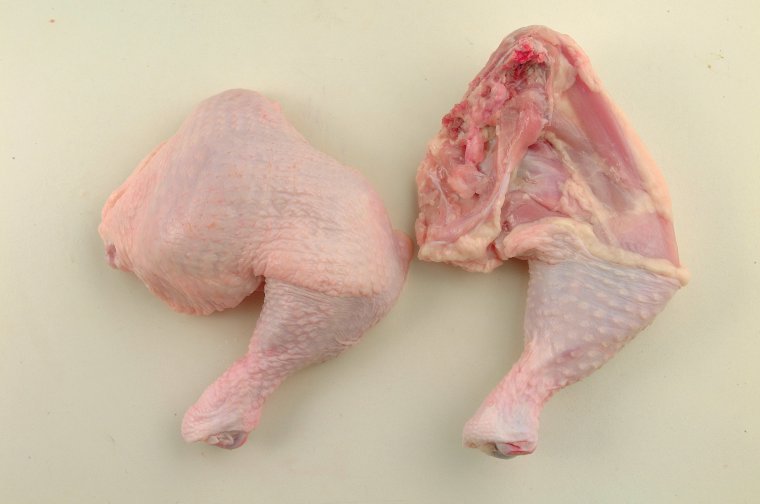
Agricultural News
Chicken Consumption Up 17 Percent in the US
Mon, 21 Jul 2014 15:35:05 CDT

More chickens are crossing the road and on to consumers' plates, according to new research presented today at the National Chicken Council's Chicken Marketing Seminar in Greensboro, Georgia.
Overall, the average number of meals or snacks that contained chicken eaten by survey respondents in the two weeks prior to the survey was 6.1. This is up from 5.2, or 17 percent, from the 2012 findings. Millennial respondents (18-34) remain the most likely to eat chicken meals or snacks frequently (7.7).
"With the tight supplies in the cattle and hog herds, and accompanying record beef and pork prices, it's not surprising to see a double digit increase in chicken consumption this year," said National Chicken Council Vice President of Communications Tom Super. "What is surprising to me," Super noted, "is that health and nutrition and taste both topped cost as the reason consumers are turning more to the original white meat."
The survey was commissioned by the National Chicken Council and conducted online by PKS Research Partners May 29 - June 1, 2014 among 1,019 adults.
In 1998 and 2006 respondents were asked if they are likely to eat more, less or about the same amount of chicken. In 2014 they were asked more specifically about likely changes in chicken consumption from a grocery store and likely change in behavior regarding a food service establishment.
The 12 month outlook for the grocery segment looks promising with a net of 24 percent saying they will be eating more chicken. This is more than three times the proportion previously noted.
The primary reasons for eating more chicken from a grocery store are health/nutrition (34 percent) and taste (32 percent). These are trailed by cost (17 percent). Women are somewhat more concerned than men about both health/nutrition and cost.
Turning to eating out, one in five (20 percent) respondents are likely to buy more chicken at restaurants and other food service establishments. This indicates a net gain in purchasing among 9 percent of the population.
The primary reasons for eating more chicken at restaurants are taste (25 percent) and health/nutrition (24 percent). Predictably, men are more focused on the taste while women are more focused on the health/nutrition aspect.
Overall, among the total sample, nine out of ten respondents had eaten a meal or snack that contained chicken in the two weeks prior to the survey; this is in line with the 2012 survey. Other highlights:
Chicken consumption does not differ significantly by gender.
Midwesterners ate the lowest number of meals or snacks that contained chicken in the two week period prior to the survey.It is the only region where the rate of consumption did not increase since 2012.
Men, younger adults and those with at least three people in the household are more likely than counterparts in increase their consumption of chicken.
WebReadyTM Powered by WireReady® NSI
Top Agricultural News
More Headlines...



















